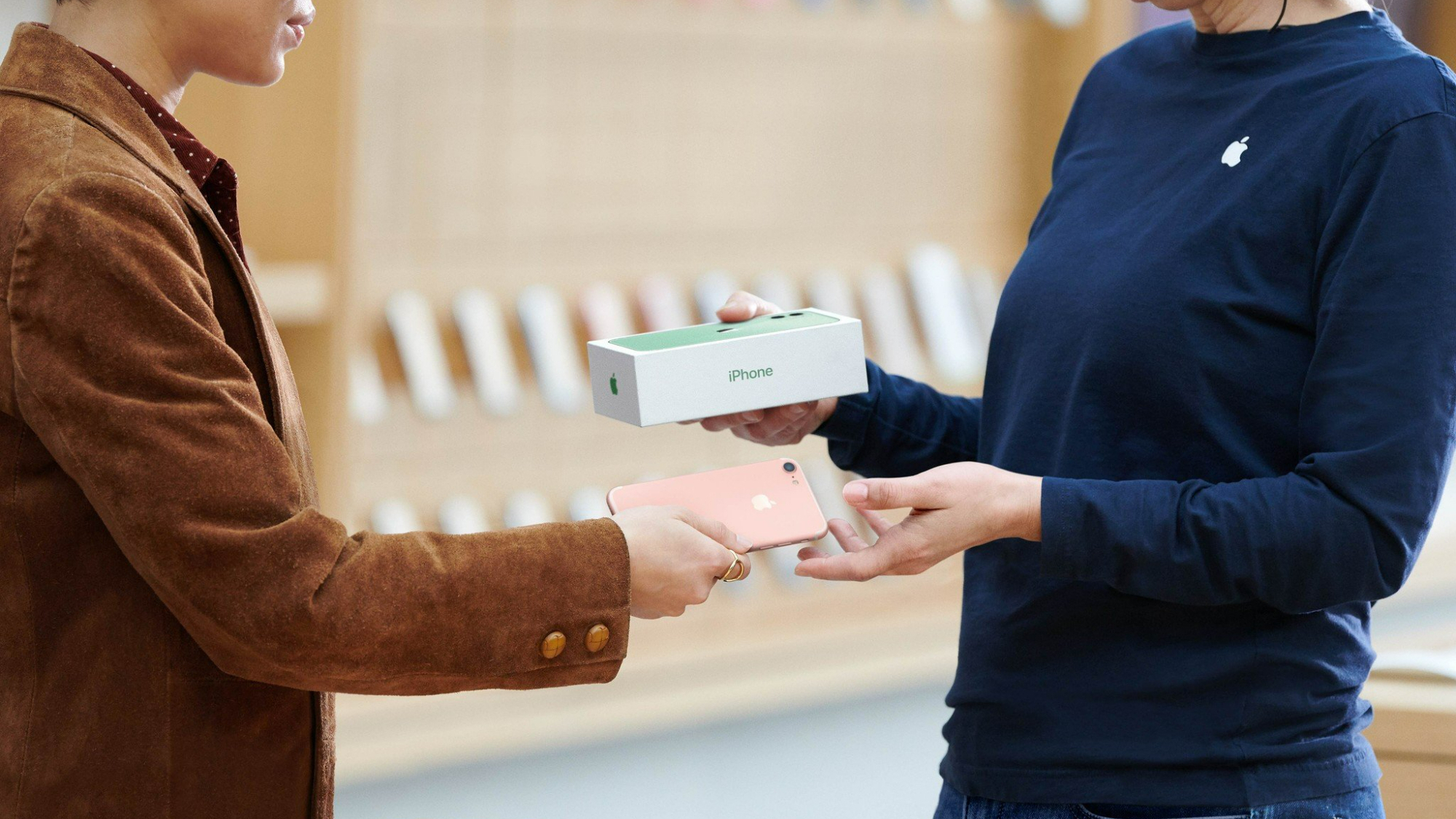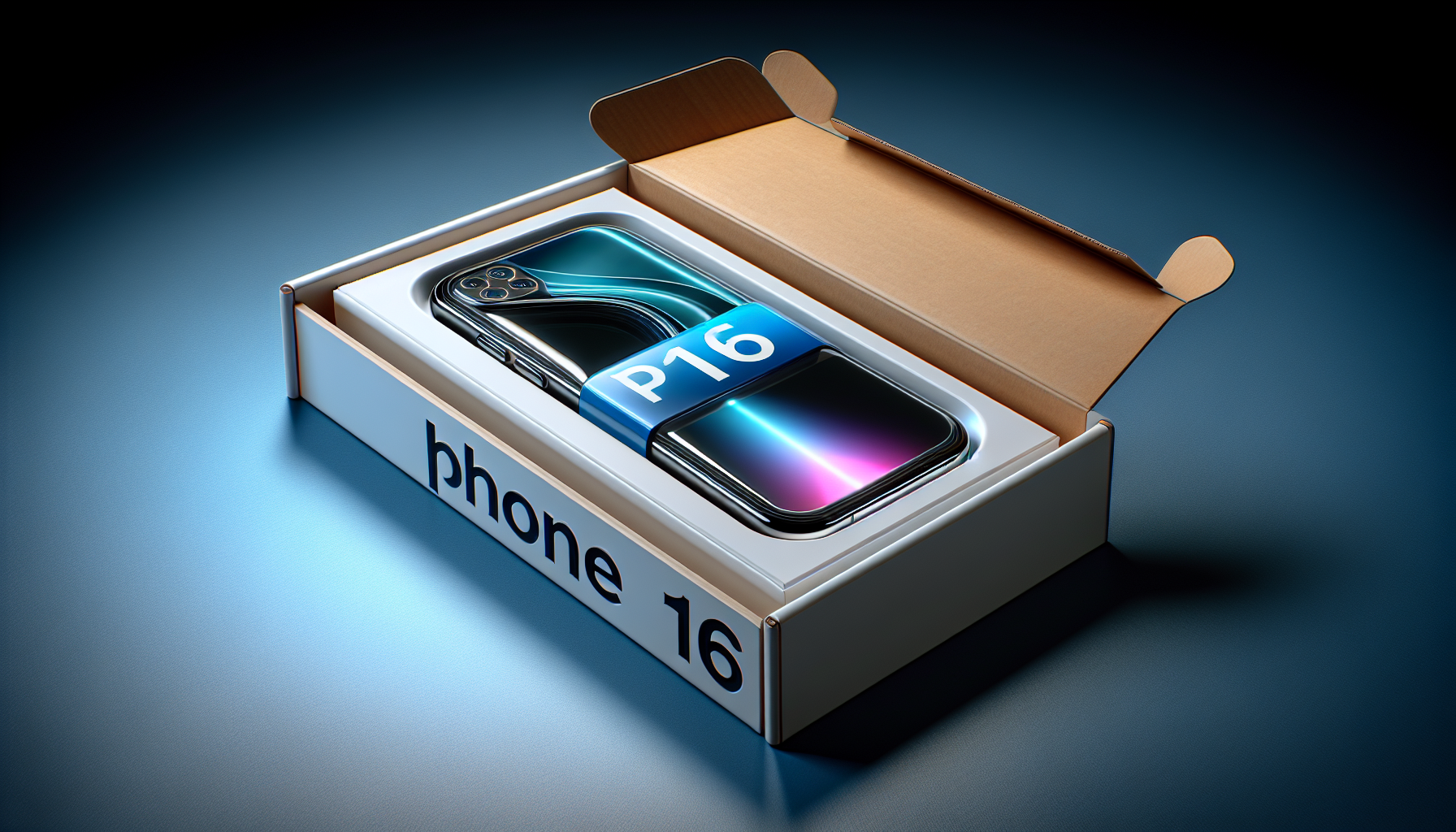
Best iPhone 16 Variant for Future Trade-In Towards iPhone 17 Air
With the launch of the iPhone 16 series, numerous Apple fans are already anticipating the expected iPhone 17 Air, which is set to revolutionize the market with its ultra-sleek design and cutting-edge features such as Apple Intelligence and the novel Capture button. If you’re among those excited to exchange your iPhone 16 for the iPhone 17 Air next year, you may be curious about which iPhone 16 model will provide the highest trade-in value. In this analysis, we will examine the primary aspects that affect iPhone depreciation and provide recommendations on which iPhone 16 variant might be best for maximizing value when upgrading in 2025.
Understanding iPhone Depreciation: Key Insights
Rate of iPhone Depreciation
A crucial factor to consider when planning a trade-in is how rapidly an iPhone loses its value post-purchase. Data from Compare and Recycle, a UK-based phone recycling website, indicates that iPhones usually lose over 25% of their retail value immediately after being unboxed. This depreciation can soar to as much as 62% within the first year.
Notably, recent iPhone generations have showcased a trend of accelerated depreciation. For instance, the iPhone 13 saw an average value loss of 40.09% in its initial year, while the iPhone 14 suffered a sharper drop of 47.80%. The iPhone 15 experienced an even greater decline, losing 55.57% of its value during that period. These trends suggest that the iPhone 16 could depreciate by at least 60% in its first year, particularly with the market buzzing about the upcoming iPhone 17 Air.
Factors Influencing Different Rates of Depreciation
Various elements affect the depreciation rates of different iPhone models. One significant factor is a phone’s capacity to support innovative features, such as Apple Intelligence. For instance, the iPhone 15’s inability to accommodate specific advanced features may have contributed to its high depreciation rate. Moreover, storage capacity, color options, and even the overall appeal of a particular model can influence its value retention.
Which iPhone 16 Model Should You Consider?
Taking into account historical depreciation data and the anticipated capabilities of the iPhone 17 Air, selecting the appropriate iPhone 16 model is essential. Here’s a summary of potential outcomes for some widely popular iPhone 16 models:
iPhone 16 Pro vs. iPhone 16 Pro Max
If your focus is on the iPhone 16 Pro or the iPhone 16 Pro Max, you’re likely eyeing the top-tier features and the best resale potential. Drawing from trends observed in the iPhone 15 series, the 256GB iPhone 16 Pro could fall in value to roughly $550 after the first year, whereas the 256GB iPhone 16 Pro Max may sustain slightly higher value, depreciating to around $600.
Standard iPhone 16
For those seeking a more budget-friendly alternative, the standard 256GB iPhone 16 is a viable option. Although it does not feature some of the premium aspects of the Pro variants, it is expected to decline to around $423 after a year, making it a cost-effective choice for those planning to exchange for the iPhone 17 Air.
Elevating Your iPhone’s Trade-In Worth
Optimal Trade-In Timing
A key tactic for maximizing your trade-in value lies in timing. Historically, iPhone trade-in values peak in August and early September, just prior to the announcement of new iPhone models. This timeframe represents the best opportunity to trade in your iPhone 16 for maximum return when preparing to upgrade to the iPhone 17 Air.
Carrier Promotions vs. Direct Purchases
While several carriers present tempting trade-in offers that claim “free” iPhones with new contracts, these deals often involve long-term commitments that may not suit everyone. If you intend to upgrade annually, purchasing your iPhone 16 directly from Apple, without carrier promotions, might be a wiser choice, allowing for greater flexibility to trade in or sell your phone without contract obligations.
Conclusion
If you’re contemplating the iPhone 17 Air, making an informed choice about the right iPhone 16 model now can significantly impact your trade-in value next year. The 256GB iPhone 16 Pro seems to strike the best balance between initial price and depreciation, positioning it as a compelling option for those aiming to upgrade in 2025. However, if your budget is tight, the standard 256GB iPhone 16 also presents a practical choice with reasonable trade-in prospects.
In the end, while estimating precise depreciation rates isn’t an exact art, grasping the trends and strategizing your trade-in plan can help you maximize your investment in Apple’s latest technology.
Frequently Asked Questions
Q1: What value loss can I anticipate for my iPhone 16 in the first year?
A: Following trends from earlier iPhone models, you can expect your iPhone 16 to depreciate by around 60% within the first year.
Q2: Which iPhone 16 model offers the best trade-in value for the iPhone 17 Air?
A: The 256GB iPhone 16 Pro is expected to deliver the best trade-in value, maintaining approximately $550 after a year, making it an excellent option for those intending to upgrade.
Q3: When is the optimal time to trade in my iPhone 16?
A: The ideal time to trade in your iPhone 16 is generally in August or early September, just ahead of the new iPhone model releases, as this is when trade-in prices peak.
Q4: Should I choose a carrier deal or a direct purchase for buying an iPhone 16?
A: If you plan on upgrading each year, directly purchasing from Apple without carrier promotions is recommended, as it provides more flexibility to trade in or sell your phone without contract restrictions.
Q5: What if the iPhone 17 Air doesn’t release next year?
A: If the iPhone 17 Air doesn’t launch as anticipated, you can still keep your iPhone 16, particularly if you’ve opted for a Pro model, as it will likely perform well for several years.